10 mysteries about prehistoric humans
How we evolved is still an unanswered question. After all, in the process of human evolution, what steps appeared first? Why do we evolve and follow this direction of development and not another? Why do we still exist? During our evolution, is it possible to follow other paths to development? Will we still evolve in the future?...
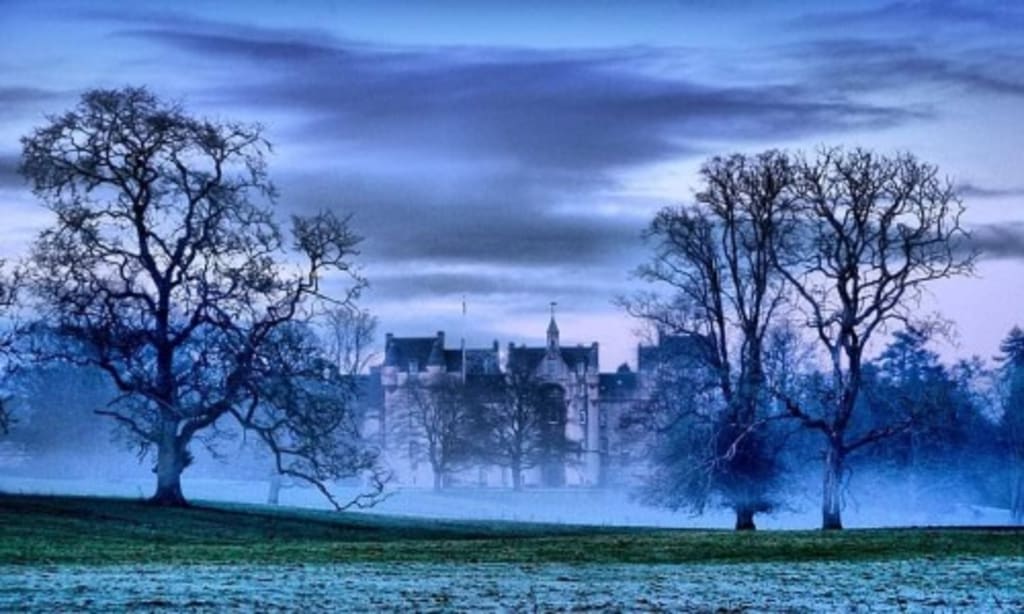
10 major problems about ancient humans still have no official answers from scientists.
10. Why do we have a big brain?
There is no doubt that a large brain has given humans an absolute advantage in this world. But to maintain the brain to function normally, we have to pay an unbelievably expensive price. The brain only accounts for 2% of the body's weight, but consumes up to 20% of the body's energy. Until 20 thousand years ago, if calculated based on body shape, the brains of our ancestors were almost no bigger than monkeys or apes.
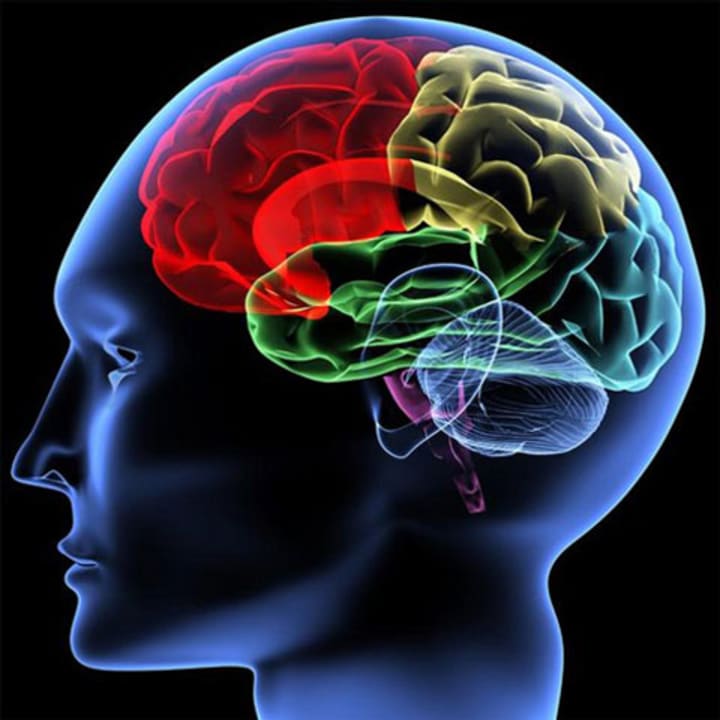
But what causes our brains to get bigger? One possibility is that brain development enabled our ancestors to make good tools. Another reason is that, with a large brain, it can help people communicate with each other more easily. It's also possible that constantly changing circumstances also forced our ancestors to constantly change with the world and evolve larger brains.
9. Why do people use two legs to walk?
Before our ancestors knew how to use stone tools or evolved into creatures with larger brains, humans stood upright on two legs. But the problem is: Why did humans evolve to stand on two legs while our other relatives have to use all four limbs?
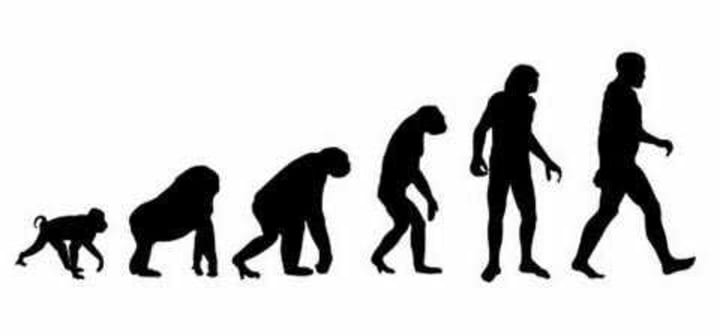
Scientists believe that, as an animal that walks on two legs, it is possible that movement will reduce energy many times more than the limbs. The liberation of hands allowed our ancestors to conveniently carry food. Standing upright can even help people more conveniently retain heat, reducing the area of skin exposed to the sun.
8. Where did human hair go?
Compared to our other furry relatives, the appearance of the human body can be considered unique. Why do we develop in this direction? One explanation is that when our ancestors crossed the hot African savannah to explore, shedding their outer fur was the best way to dissipate heat.
Another explanation is that reducing fur on the body is a way to reduce parasites and other infectious diseases. A somewhat more extreme view is that when our ancestors lived underwater, they developed a body that no longer had hair, but compared to aquatic mammals, they still had a layer of hair. Thick fur to cover the body.
7. Why are most of our relatives extinct?
About 24,000 years ago, “intelligent people” Homo sapiens were not the only species that existed in the world. Our closest "relatives", the Neanderthals, are not yet completely extinct. In Indonesia, "Hobbits" were also discovered, a branch of humanity that could live up to 12,000 years ago.
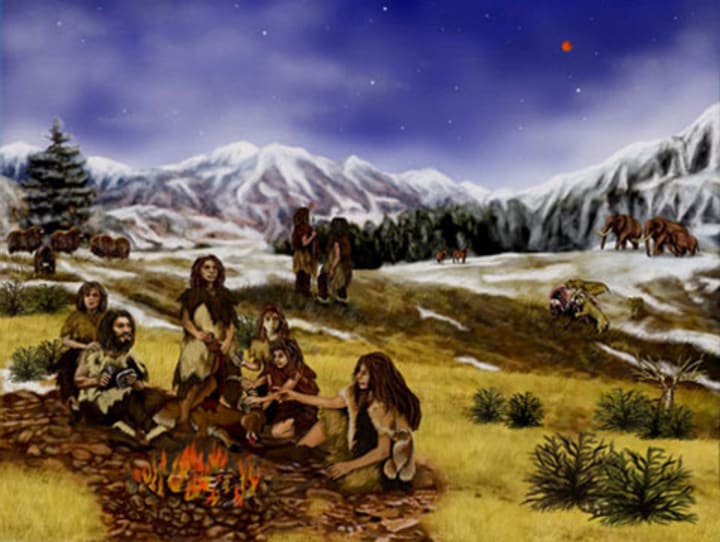
Why did they become extinct and our branch still exists? Was it because of certain infectious diseases or harsh circumstances that caused them to become extinct? Or is it because we "advanced and noble" people destroyed those underdeveloped people?
6. Are humans still evolving?
Recent discoveries show that humans are not only still evolving but are evolving very quickly. Since agricultural technology was popularized, human evolution has been a hundred times faster than the historical average. There are some scientists who do not agree with this point of view.
They say these data are not enough to determine whether the genes that give us the ability to adapt to circumstances have increased or not. If human evolution is accelerating, should we ask why? Eating and disease will be pressures forcing people to change their behaviors and habits.
5. What is a Hobbit?
Hobbits – a small human race discovered in 2003 on the Indonesian island of Flores. So can a truly extinct species be called the Flores population? Are those human bones the bones of deformed Homo sapiens?
Are they another branch of humanity that has gone extinct? They may be similar to chimpanzees. Although they are close, they are very far apart. Solving this answer could help us understand more about basic human evolution.
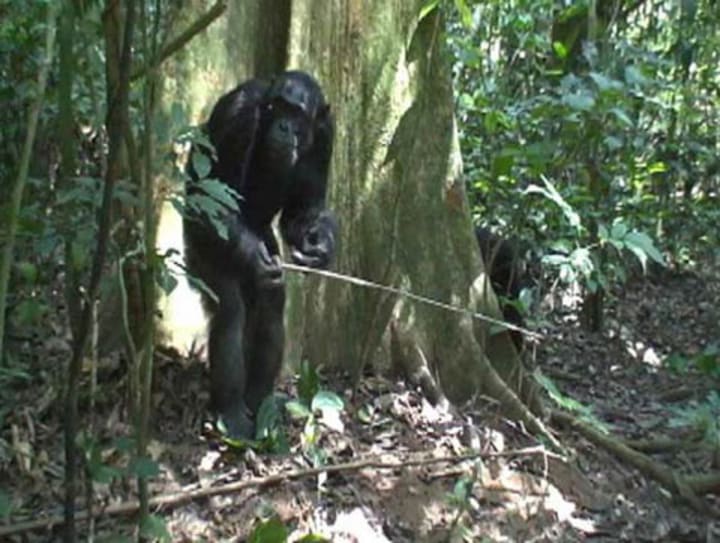
4. Why did modern humans originate from Africa?
About 50,000 years ago humans began to expand into the outside world, beyond Africa and spread everywhere in the world (except Antarctica), including remote islands in the middle of the Pacific Ocean. Some scientists speculate that this migration may be related to genetic mutations.
This mutation has changed our brains, leading to people wanting to change and modernize, thereby giving us the ability to use more complex languages and tools, building society and technology. human art. There is another more popular view that behavioral change and modernization appeared very early, before people left Africa, when the population in Africa had increased too high, people were forced to left there to find new lands – and the human revolution began.
3. Did we interbreed with Neanderthals?
Could it be that we humans only mate within lineages? Is there DNA from relatives in our bodies? There are scientists who speculate that maybe Neanderthals actually did not become extinct but were assimilated by us humans.
2. Who was the first primitive man?
Scientists have discovered many bipedal animals that could be called primitive humans, including direct human ancestors or relatives. Scientists are trying to figure out who the earliest humans were, to answer many of the concerns about human evolution: How adaptations took place to make humans what they are. people today, what developments have happened?
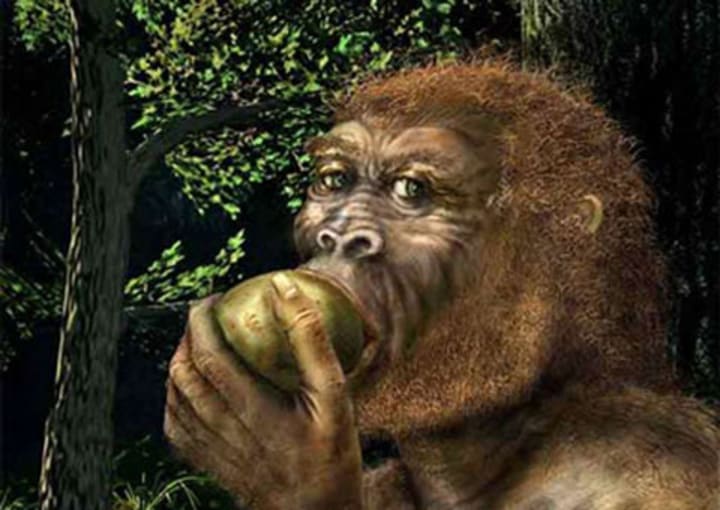
1. Where do modern people come from?
The most controversial issue facing science today is the question of where modern humans came from. The "from Africa" hypothesis states that humans evolved from Africa and then spread to other parts of the world, destroying similar human species and replacing them (like a few hundred years ago). recently Europeans assimilated and exterminated the American Indians).
The "pluralistic" hypothesis believes that people live in many different areas, come from many places and gradually grow up. In different places, approaching neighboring regions to mate and inherit each other's genetic characteristics, leading to the birth of humanity. Currently, the view from "Africa" is still the dominant view, but those who hold the "Pluralist" view still maintain their view on the emergence of modern people.
About the Creator
Ken Daklak
Telling stories my heart needs to tell <3 life is a journey, not a competition
If you like what you read, feel free to leave a tip,I would love some feedback
https://s.shopee.vn/pa9mXcwE?share_channel_code=8
Enjoyed the story? Support the Creator.
Subscribe for free to receive all their stories in your feed. You could also pledge your support or give them a one-off tip, letting them know you appreciate their work.






Comments (2)
Very inspiring read, thanks for sharing. Please develop it further so I can have more of this interesting knowledge
Exceptional writting. Thank you for sharing.